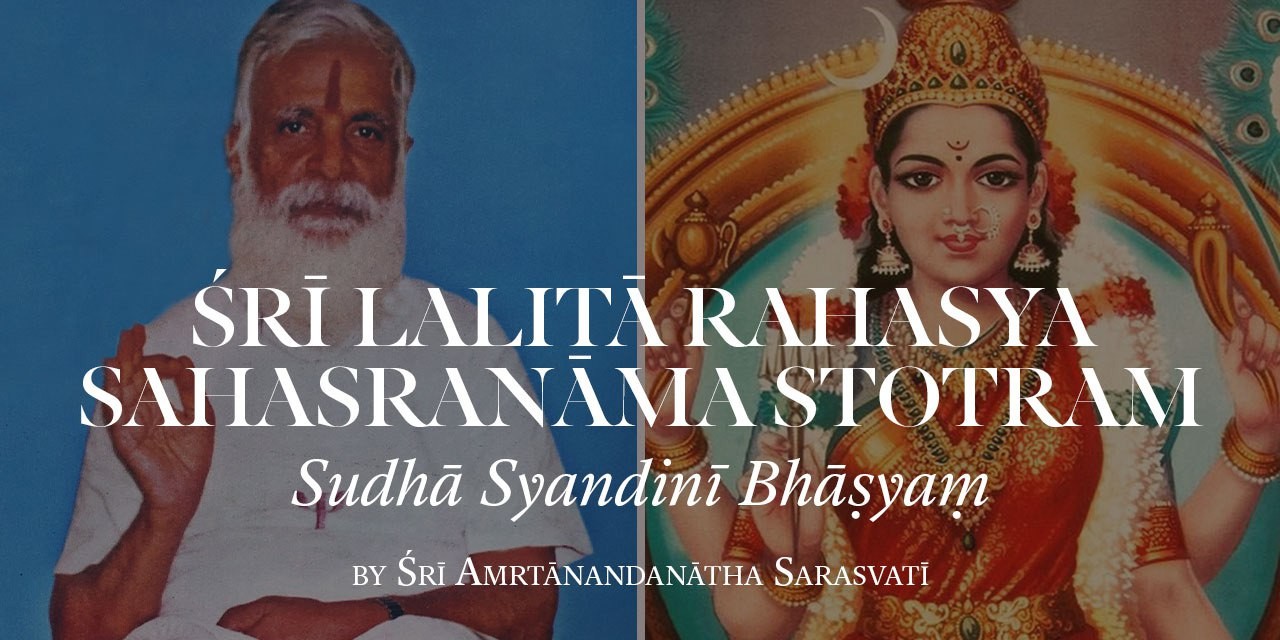
23) Padmarāga-śilādarśa-paribhāvi-kapolabhūḥ
The land of Her cheeks puts mirrors made of the red padmarāga jewels to share.
The jewels of course are the blushes of color playing hide and seek on Her cheeks.
The word padmarāga can also mean, the lotus of attachment. Since lotus is a numerical symbol representing 10 (one followed by twenty one zeroes) the love She can express is monumentally large; this is the other meaning of padmarāga. The word rāga means love or attachment.
From outer space the whole earth looks like a blue diamond set in the white silver of clouds, with red patches like jewels peeping through the cloud cover. The earth is the cheek of Lalitā. In the olden days it used to be imagined that the earth looked like a fire ball, red in colour except in the places occupied by the oceans.
When Kuṇḍalinī occupies the sex center, a raging fire of lusty love is generated. This is seen as the maṇḍala of fire, called the vahni maṇḍala.
When Kuṇḍalinī comes to the heart center, Sun is seen in meditation along with the unstruck sound of Oṁ called praṇava, or Anāhata.
When Kuṇḍalinī reaches the thousand petalled lotus in the crown of the head the Moon is seen in meditation.
The sex drive or libido is of red colour, of fire; the seat of emotions, the heart, is of orange colour, of the rising sun; the seat of desires is of bluish white color, of the moon, of the mind, and of the seed of man. Water and oceans seen, in meditation reflects the release of sexual tensions. This symbolism is rooted in the experiences of meditation, of seeing the fire, the sun and the moon. The transcendent personality of Lalitā obviously carries this symbolism as Her cheeks and the starry ornaments of Her ears.
Source: Śrī Amṛtānandanātha Saraswatī "Sudhā Syandinī Bhāṣyaṃ" Typed Manuscript
(an incomplete commentary on Lalitā Sahasranāma)
